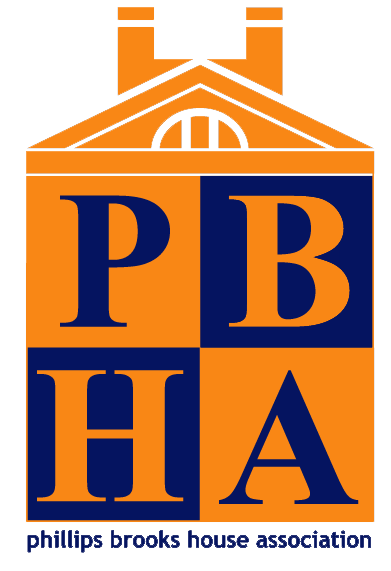Story #18: John Finley and His “Trajectory for a Life in Public Service”
“It was intense, but super rewarding,” Reverend John H. Finley IV ’92 said of his time with PBHA, volunteering at Harvard Square’s Homeless Shelter and delivering food to homeless shelters.
After his four years at PBHA, John went on to teach at Nativity Preparatory School and start his own school, Epiphany School.
“It really changed the trajectory of my life.”
–
For John, public service had always been a given: both deeply connected to his faith and a constant in his life. In high school, John was already volunteering at a soup kitchen in a neighboring town. By his words, his high school was an “Episcopal school with a long tradition of public service.”
“I drank the Kool-Aid,” he said. “For me, public service has always been connected a lot with my faith. Those two things sort of go hand-in-hand.”
By the time he arrived at Harvard’s campus in the fall of 1988, John was ready to continue his public service journey. Though he can’t remember exactly when he joined, by November of his first year, John was already volunteering in the shelter.
John would eventually become a director for UniLu — the former nickname for Harvard Square Homeless Shelter, a shortened version of University Lutheran Church, the name of the church that houses the shelter —, “over by Pinnochio’s.” During the summer, John worked at the Summer Shelter at Saint James’s Episcopal Church. John also volunteered with Food Salvage — a program no longer operating — that would take leftover food from the dining halls and distribute to various shelters, including HSHS.
Through his extensive volunteer work, John connected with fellow “amazing” volunteers. While their classmates obsessed over theses and problem sets for class, John and his fellow volunteers bonded over an understanding that their work at PBHA was what was “real.”
“My thesis was exciting and I had great classes — but that wasn’t real. The shelter felt like, for me, was something that really mattered in my life,” John said.
“PBHA gave us a real opportunity to make a difference,” he said. “I think for a lot of us, it was the most real part of our undergraduate careers.”
At HSHS, John also developed relationships with the shelter’s guests. Though other shelters might feature hierarchical dynamics with guests, where “guests are constantly being bossed around,” things at HSHS were different, John said.
John recalled one instance when on a Food Salvage trip, he parked the van outside the shelter, along a yellow-painted curb. John spotted a nearby tow truck and spoke with the driver, assuring him that he would take less than two minutes to drop off the shelter’s food delivery.
As soon as he started down the stairs, delivery in hand, a guest yelled out, “they’re towing the van!”
“They were looking out for us,” he said.
At another point, John denied a request to extend a guest’s stay at the shelter. When John turned his back, the guest began coming at him with an “iron” in hand. Fortunately, another guest stopped her right in time, rescuing John.
“They basically saved me from being cracked over the head,” he said.
Later that day, another guest offered to “break her legs” for John, free of charge. John denied the offer graciously.
John’s four years of volunteering with PBHA “set him on a trajectory” for a life of public service. Gearing up to his graduation, John knew that he couldn’t enter a field that wasn’t “super rewarding and meaningful.” John joined a fellow volunteer, who was working on a documentary, on a site visit to a new school for low-income students in Roxbury. Instantly, John knew it was the place for him.
“I was like – yep, sign me up. I’m ready,” he said.
John spent the next five years as a teacher at Nativity Preparatory School, living in a “mostly abandoned convent” in Dorchester with the rest of the school’s teachers. At the time, the teachers were all volunteers — receiving a $200 stipend per month, and free housing and health care.
“It was awesome,” he said.
Nativity Miguel Network – the umbrella organization that Nativity Preparatory School belongs to — has grown to 71 schools today.
John later set out to build his own school, targeting students who are most vulnerable. The average student enters John’s Epiphany School in fifth grade testing at a second-grade level, but graduates eighth grade testing at a tenth-grade level.
Written by Darcy Lin '27
